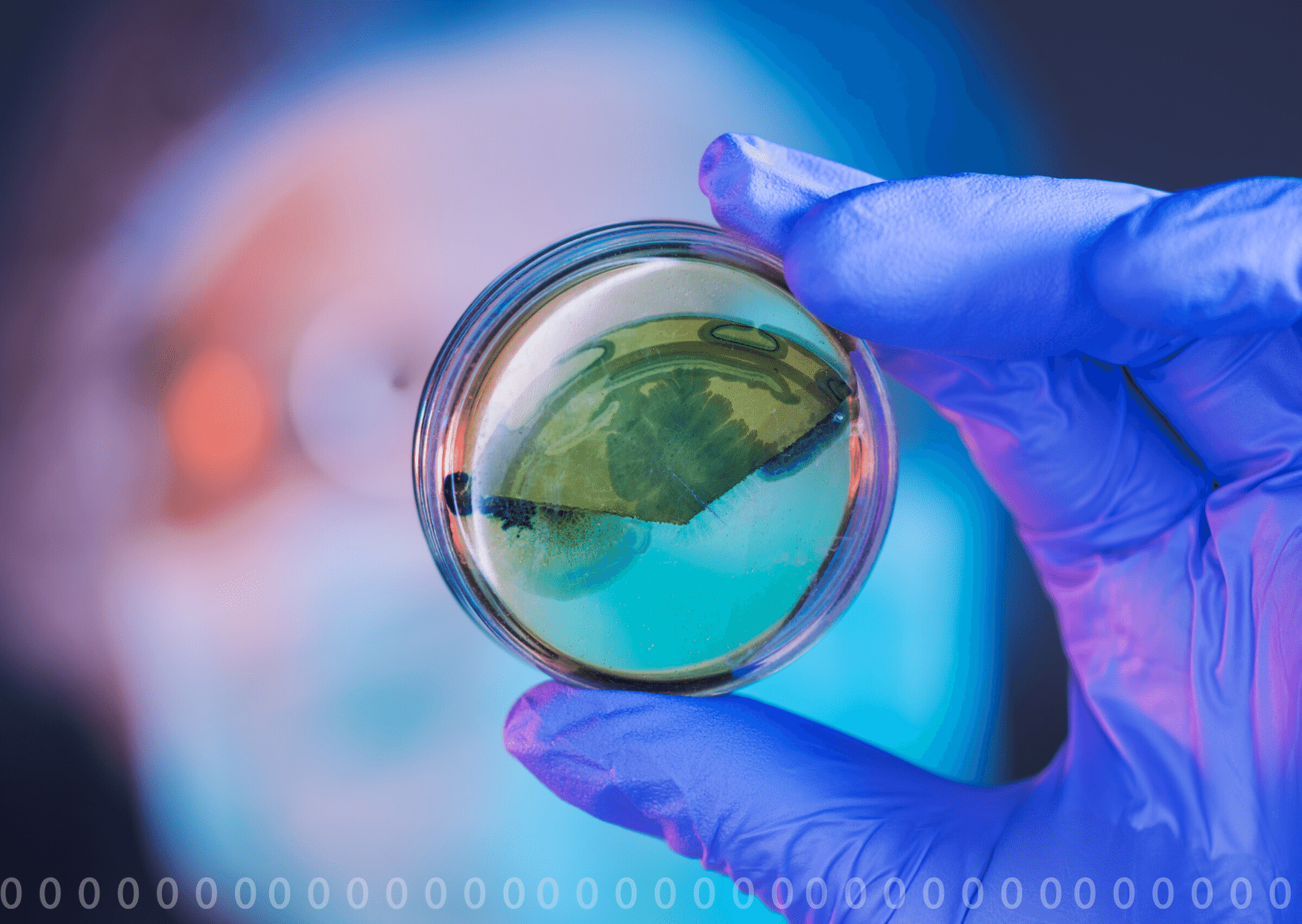Medical Imaging: "Visualising the Human Body using Maths and Physics"
Since the first discovery of x-ray imaging in 1895, medical imaging techniques have been indispensable tools for doctors. But how exactly do they work? What is the difference between X-ray, CT and MRI? Learn how physics is being used in a medical setting to save lives.
Host: Belinda is currently undertaking a PhD in Clinical Neuroscience at Cambridge as a Gates Cambridge Scholar, working at the Wolfson Brain Imaging Centre with Dr. Chris Rodgers developing parallel transmit techniques for ultra-high field (7T) MRIs. This followed a 1st Class undergraduate and Master's degree in Chemistry from Oxford (placing 3rd in year). At Cambridge, Belinda is also an undergraduate supervisor, providing weekly chemistry tutorials for first year Natural Science students.
Who is it suitable for?: Medical imaging is a multi-disciplinary subject that spans maths, physics, chemistry, biology and medicine. Useful for anyone with a general interest or looking to explore around their subject with a future university application in mind.
Duration: Suggest 1-2 hours depending on the level of detail desired.
Since the first discovery of x-ray imaging in 1895, medical imaging techniques have been indispensable tools for doctors. But how exactly do they work? What is the difference between X-ray, CT and MRI? Learn how physics is being used in a medical setting to save lives.
Host: Belinda is currently undertaking a PhD in Clinical Neuroscience at Cambridge as a Gates Cambridge Scholar, working at the Wolfson Brain Imaging Centre with Dr. Chris Rodgers developing parallel transmit techniques for ultra-high field (7T) MRIs. This followed a 1st Class undergraduate and Master's degree in Chemistry from Oxford (placing 3rd in year). At Cambridge, Belinda is also an undergraduate supervisor, providing weekly chemistry tutorials for first year Natural Science students.
Who is it suitable for?: Medical imaging is a multi-disciplinary subject that spans maths, physics, chemistry, biology and medicine. Useful for anyone with a general interest or looking to explore around their subject with a future university application in mind.
Duration: Suggest 1-2 hours depending on the level of detail desired.
Since the first discovery of x-ray imaging in 1895, medical imaging techniques have been indispensable tools for doctors. But how exactly do they work? What is the difference between X-ray, CT and MRI? Learn how physics is being used in a medical setting to save lives.
Host: Belinda is currently undertaking a PhD in Clinical Neuroscience at Cambridge as a Gates Cambridge Scholar, working at the Wolfson Brain Imaging Centre with Dr. Chris Rodgers developing parallel transmit techniques for ultra-high field (7T) MRIs. This followed a 1st Class undergraduate and Master's degree in Chemistry from Oxford (placing 3rd in year). At Cambridge, Belinda is also an undergraduate supervisor, providing weekly chemistry tutorials for first year Natural Science students.
Who is it suitable for?: Medical imaging is a multi-disciplinary subject that spans maths, physics, chemistry, biology and medicine. Useful for anyone with a general interest or looking to explore around their subject with a future university application in mind.
Duration: Suggest 1-2 hours depending on the level of detail desired.





